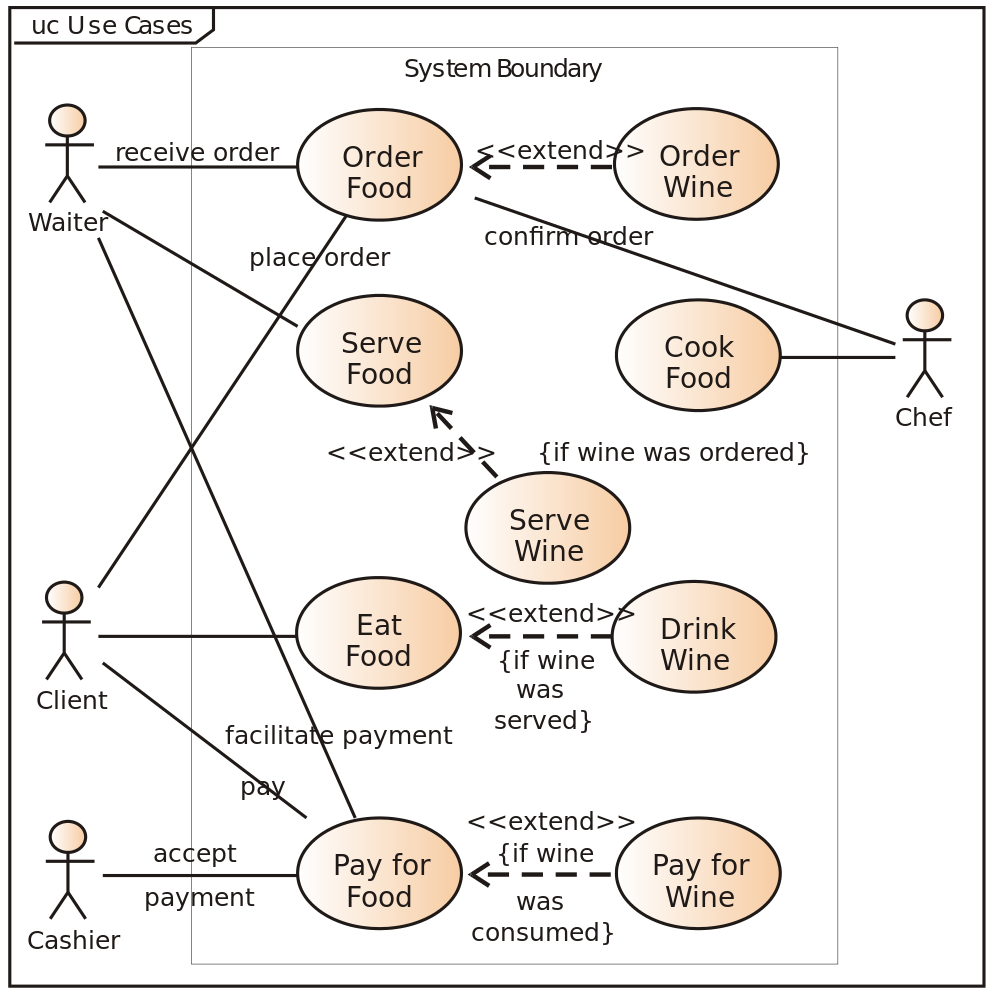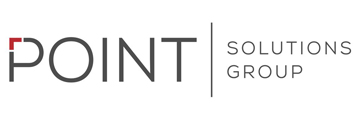How MBSE Can Help Your Business
How MBSE Can Help Your Business
While it’s predominantly used in the Department of Defense and the aerospace industry, Model-Based Systems Engineering (MBSE) is an absolute gem for solving a whole host of problems. It doesn’t matter what industry you’re in, or even which department you manage. MBSE can be a game changer for your business.
Why? Because it helps you visualize any system or process that you’re dealing with. That’s essentially what MBSE is: a way to represent systems graphically. While a graphical representation is powerful in and of itself, MBSE also captures the technical characteristics of a system. It offers a formal architecture model, and it uses diagrams, tables and other artifacts to visualize selected content. Powerful stuff. Now that might sound like the purview of software engineers or your IT department, but it really can be useful to anyone.
Every business relies on a complex network of systems and processes, even if that’s not how you traditionally think of them. Obviously, your accounting department runs on a number of systems. Supply chain management? Totally a system. Tracking whose birthday is this month and what kind of cake to bring to the office? Also a system.
The MBSE framework isn’t just a sophisticated tool for the CIO or lead systems engineers. It can help you clarify processes, identify inefficiencies and prioritize tasks in any department or area of operations. The following are example use cases of how MBSE could help your organization. But this list is just the tip of the iceberg.
Improving User Experiences with MBSE Use Case Diagrams
One of the most common and widely applicable MBSE diagrams is the use case diagram. These offer a quick way to identify how a user might engage with your system, product or tool. Again, this might seem like the purview of software engineers. But it can be incredibly helpful for improving the user (or customer or client) experience whether they’re engaging with a piece of technology or not.

At the core, use case diagrams are helpful in identifying the separate individuals (called “actors” in MBSE parlance) that play a part in a given process or transaction. As a result, these diagrams help to highlight which actors are directly connected to which functions.
For example, you might model your sales process with a use case diagram to identify who is interacting with potential customers at which stage of the sales process. Do customers get connected with the right member of your team? Are they removed from a drip campaign once they schedule a demo? Modeling this process can reveal places of redundancy, where things might be getting missed or opportunities for better integrating interested parties.
Using MBSE to Clarify Processes – Human Resources
Here’s a less obvious example of how MBSE can work for your organization: improving your HR processes. MBSE can help you map out your HR processes and the roles and responsibilities therein. By creating a model using MBSE, you can reduce the complexity of your processes because you can see them.
As an example, let’s imagine it’s an employee’s first day on the job – we’ll call her Felicia. She’s a brand new software developer and everyone is excited to have her on board. What does her first day look like? Maybe it starts with coffee in the break room and members of her new team are invited to stop by. That takes 30 minutes or so, and it’s a great start to the day. Then, Simon from HR steps in and gives Felicia her new employee paperwork. Since she’ll be dealing with a lot of sensitive information, Felicia has to fill out a lot of paperwork. So much paperwork, it takes the next two hours for her to get through it all. Then, she has to wait for Simon to check through her documents. Then, after Simon has finally entered her into the system, Felicia has to wait some more while Zaara in IT sets up all her accounts. It’s a tedious process, but one that has to be done, right? Maybe. But it could probably be done more efficiently.
Creating a model of Felicia’s onboarding process would likely help make her first day a lot more efficient and enjoyable. She could start climbing the paperwork mountain with the forms that IT needs so that her accounts are ready before she finishes. Maybe while Simon is processing the documents, someone from her new team could give her a tour of the office. And maybe sending her at least some of the paperwork beforehand would be a better use of everyone’s time! All of those areas of opportunity would be a lot clearer when visualized in an MBSE diagram.
Identifying Inefficiencies with MBSE – Supply Chain Management
Another key value of MBSE is the way that it can help you identify inefficiencies in your systems. If your company manufactures a product, for example, there are inevitably a lot of steps in that process. Using an activity diagram to model that process is the quickest and easiest way to wrap your head around what’s happening and where things can improve.
An activity diagram will allow you to graphically represent all of the steps. You can see raw materials being ordered, delivered and processed all the way to the end product and delivery to customers. Putting that complex process into a simple graphical representation will quickly help you identify where things are getting bogged down.
Say your aluminum supplier takes two weeks to deliver while your plexiglass supplier only takes one. You’ve grown accustomed to this and factored it into your workflow. However, seeing that delay visually represented, especially in relation to all of the other steps of the process, may highlight an opportunity for increased efficiency. Perhaps you could look for an alternate supplier. Or, you might better stagger your order placement to ensure delivery windows align more tightly with production schedules. It’ll be easier to identify the opportunities when you can see the entire system in front of you.
Prioritizing Security Improvements and Highlighting Areas of Risk
Finally, MBSE can help identify areas of security risk and effectively prioritize the order of security improvements. We’re huge advocates of the reality that improving your organization’s security is a great way to drive revenue and open up your business to new markets. We also know that this isn’t something you can do overnight.
Using MBSE to model your security and procedures will help to quickly identify the areas that will benefit the most from security improvements. An MBSE diagram can literally show you the connections between policies and procedures and the gaps in what’s actually happening in your organization. A model can also show you a visual representation of your interfaces – which ones are being used and which ones could potentially be sensitive to breach. Looking at both of these models will go a long way in helping you to prioritize which security improvements to tackle first.
A simple block definition diagram will help you identify everything from your infrastructure to your security requirements to the people involved. By setting up a model to look at all of your network’s interfaces, you can dail things down to what ports are being used, what type of interface, and what each of them is connecting to. This will then allow you to effectively set up your security software to monitor and scan those automatically. Making the machine do the work will save your team time and energy in addition to making your system more secure.
When it comes to security standards, the NIST Framework is a great goal for any organization. It’s also a lot to tackle. Getting your organization compliant will definitely pay major dividends in the long run. However, there’s no quick way to get your organization up to speed. Modeling your security policies and procedures, infrastructure and interfaces will help you target the areas to take on first. For example, shore up any of your customers’ personal data first, while general consumer information can come second.
Not sure where to start? We’d love to help. Our team of go-to fixers will identify opportunities within your current systems and quickly deploy resources with the utmost of efficiency and discretion.

